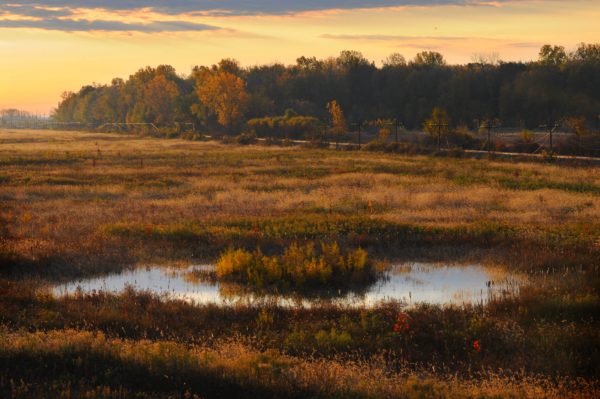It may not seem like the best time of year to begin work on a wetland restoration, but construction is underway at Carter Historic Farm in Wood County. Soon, the fresh mounds and berms that today you see on the property will become a 15-acre demonstration wetland that will give visitors a chance for a close-up view of this traditional part of the Historic Great Black Swamp.
Black Swamp Conservancy is partnering with Wood County Park District to create this wetland. It is located in an area parallel to the drainage ditch at the back of the 80-acre farm. Nutrients and sediment from the land will be captured by the wetland before they can reach the drainage ditch and Toussaint Creek, and, ultimately, Lake Erie.
In December, the construction team installed an access drive and erosion control on the grounds. This month, construction work was completed, including:
- Construction of berms and swales around the exterior of the restoration area
- Breaking of drainage tiles in the restoration area
- Excavation of pools and micro-topography
- Installation of stone spillways for water control in the wetland
- Soil prep and installation of wetland seed mix in the wetland and erosion control / native grass seed mix on the berms
In the spring, the project will be completed with the planting of native shrubs and trees in the area, and a 4-acre native prairie as a buffer outside the wetland.
Carter Historic Farm is a working depression-era (1930s) farm and cultural history museum, and is important in preserving the historic local rural land and the natural resources that support a successful agriculture industry. This wetland gives visitors an opportunity to learn about agricultural conservation.
The project was financed in part or totally through a grant from the Ohio Environmental Protection Agency and the United States Environmental Protection Agency with Great Lakes Restoration Initiative funding.
The new wetland at Carter Historic Farm will ultimately have characteristics similar to this wetland area at Pearson Wetland.


